London Design District’s D2 building dazzles in iridescent ‘dichroic fins’
Design District's D2 building by Mole Architects is now open for business
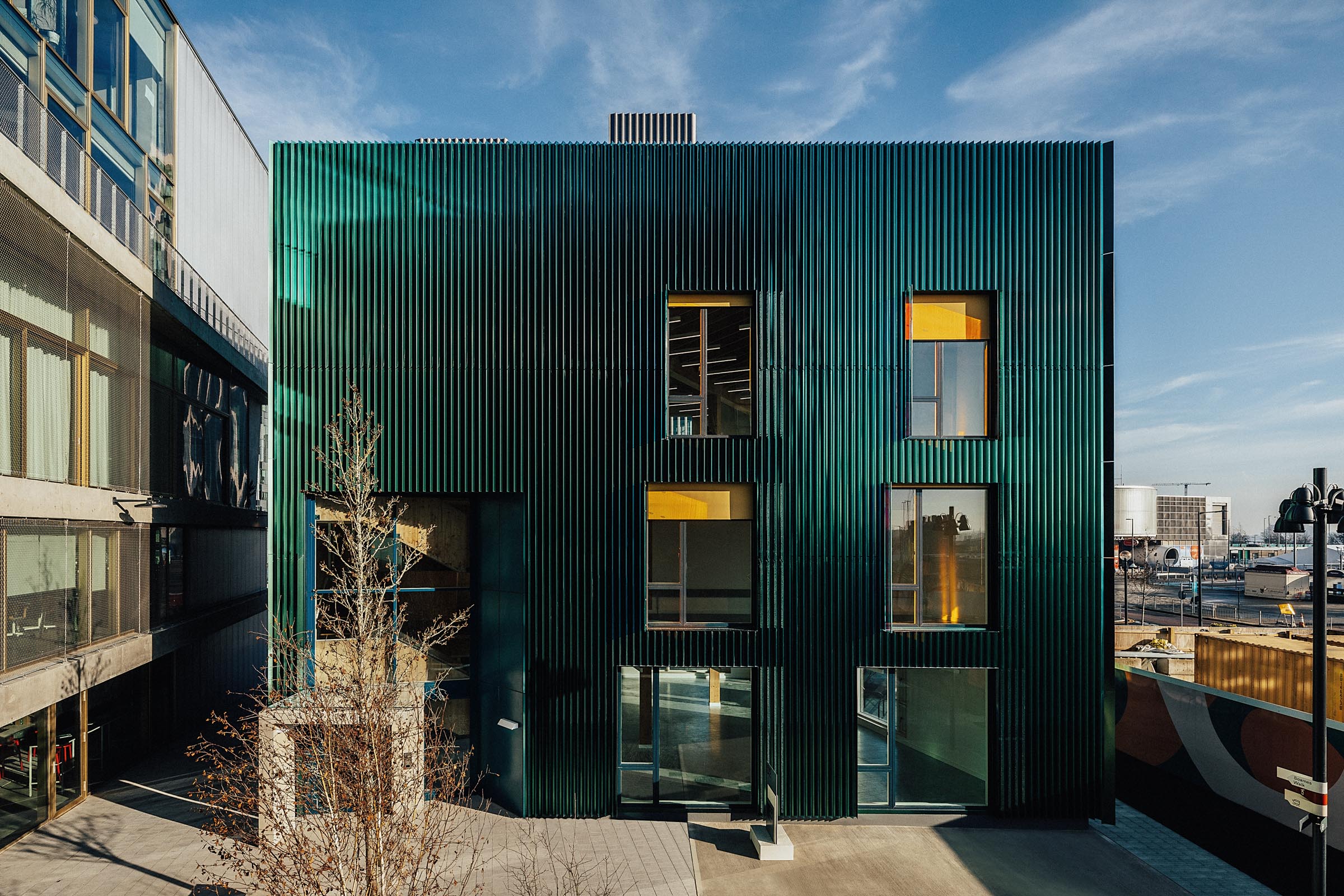
Taran Wilkhu - Photography
London's Design District, a permanent, purpose-built 'creative quarter' promising affordable studio space, co-working and more, was delayed by the Covid-19 pandemic and opened with many companies deeply confused about how much and what kind of permanent space they needed. The timing could have been better. And yet, almost two years after its launch, 92 per cent of the Design District's available space has been let. The District's fundamental proposition – that there was a desperate need in the capital for high-quality but affordable studio space that could accommodate modelling and making and not just MacBook stations, and that creative companies preferred to cluster and create a collective hum – has been proved sound.
Design District D2 building by Mole Architects
Not all of the district's 16 buildings, designed by eight different practices and set in a choreographed jumble a minute’s walk from North Greenwich station on Greenwich Peninsula, were complete at launch. Amongst the slower ones was the second building from Cambridge-based Mole Architects. It’s now open and fully occupied and a useful case study of how and where the Design District has succeeded. Tagged D2, the new building is a 580 sq m rhomboid clad in iridescent ‘dichroic fins’ – flickering turquoise folded aluminium sheets. And while other practices birthed non but near identical twins at Design District, D2 is a stark contrast to Mole's other building on site, C2, a heavy and imposing ziggurat in weathered Corten steel. D2 is smaller and lighter on its feet, though both buildings nod to Greenwich Peninsula's history as the home of what was Europe's largest gasworks.
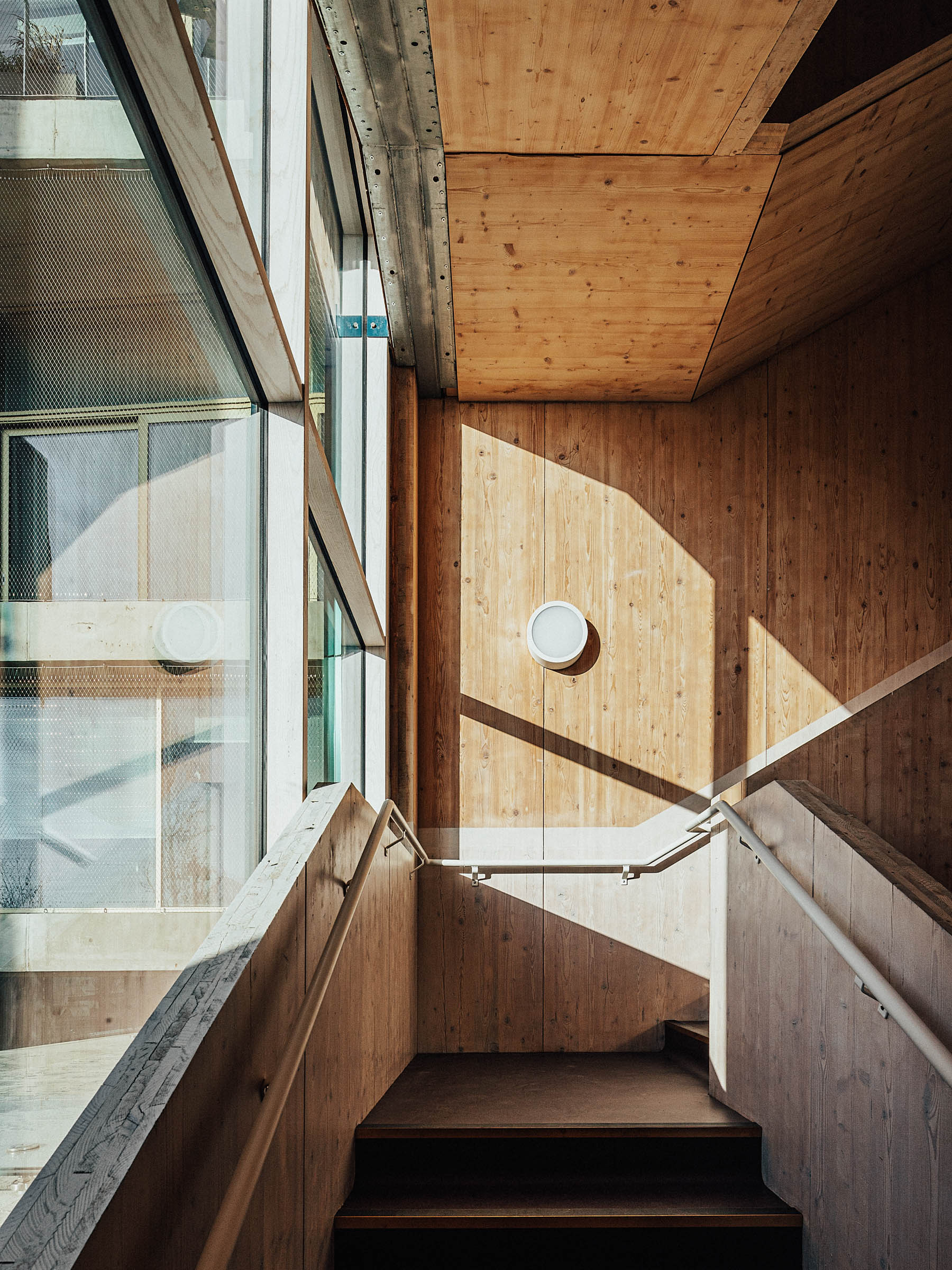
Despite the contrast in effect, both buildings were largely constructed using cross-laminated timber and Glulam, a wood-based alternative to structural steel and concrete, left largely exposed. D2 is naturally ventilated, while external blinds on the windows reduce solar gain and walls have been lined with phase-change material that absorbs heat when things get sticky. As Mole Architects founder Meredith Bowles says, the mission here, as with much of the practice’s work, is to avoid using concrete while replicating some of its useful thermal mass, the ability to store heat when it gets too hot and release it when it gets temperatures dip.
The buildings, Bowles says, are essentially a contemporary, more organic update of the reimagined Victorian industrial buildings, beloved of creative companies for their high ceilings and air of utilitarian purpose, with timber replacing exposed brick and raw concrete.
‘Making timber buildings is a gift to those that live or work in them,’ says Bowles. ‘Humans have a natural affinity with timber and the warmth that it conveys. We’ve left quite a lot of timber exposed, as well as each space having fantastic large openings to the best views. The reflected light from the dichroic fins into the interiors was actually an unintended surprise, but we love it.’
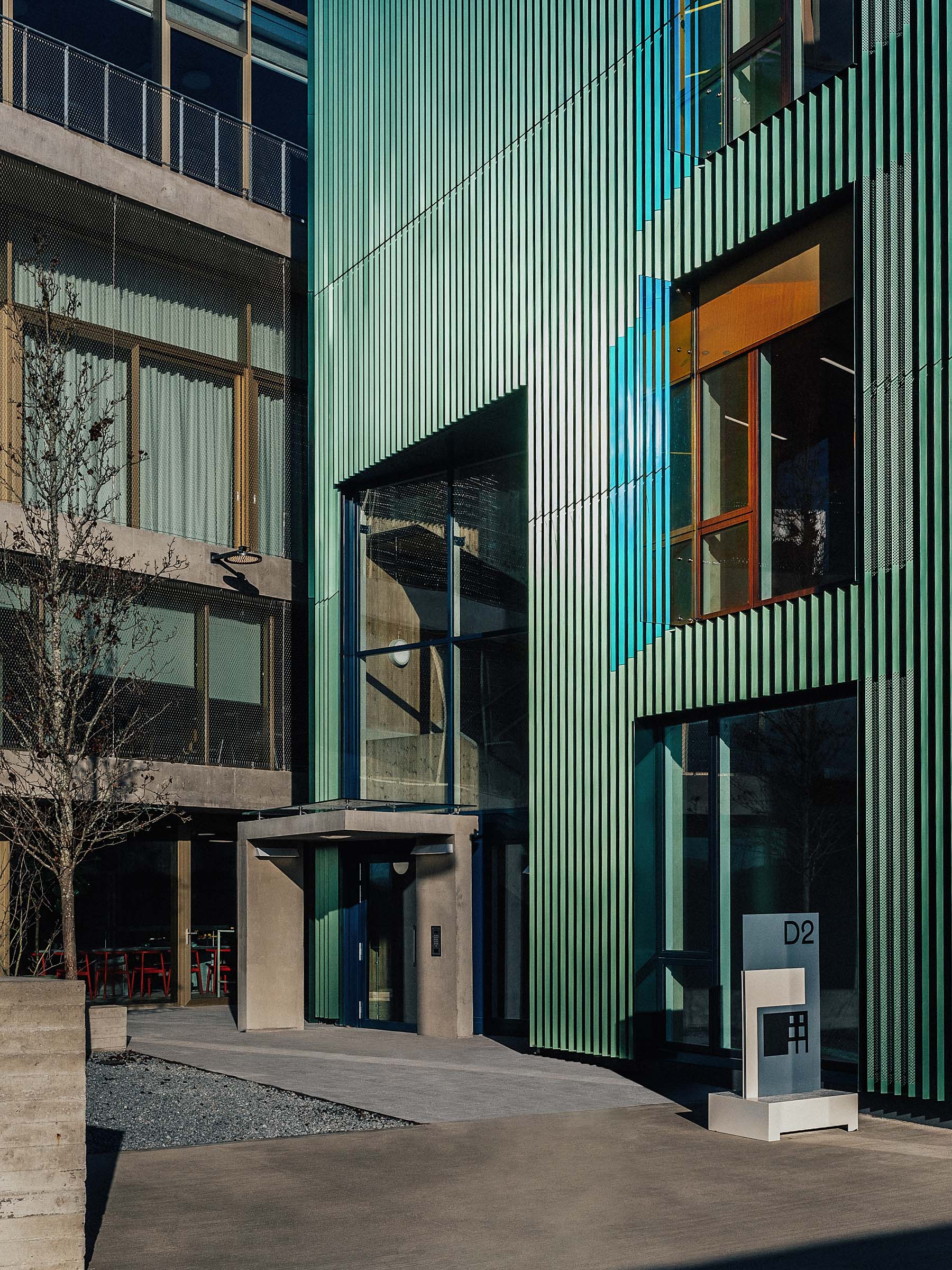
The D2 building houses five workspaces over three floors, occupied by just the kind of interconnected creative mixed bag the Design District was determined to attract. On the ground floor, Wizard Works is producing its cult cycle bags while the upper floors house equally cultish sneaker upcycler Helen Kirkum, creative agency Fford and, in the top floor studio space, Storytellers London, the commercial arm of The Photography Foundation, which offers programmes to help less advantaged young people pursue careers in photography.
‘I love our building, the materials and colours are gorgeous, and I love that it was built with sustainability in mind,’ says Kirkham. ‘We love the connectivity of the Design District and it is great to be surrounded by like-minded entrepreneurs who are working towards putting more good into the world
Wallpaper* Newsletter
Receive our daily digest of inspiration, escapism and design stories from around the world direct to your inbox.
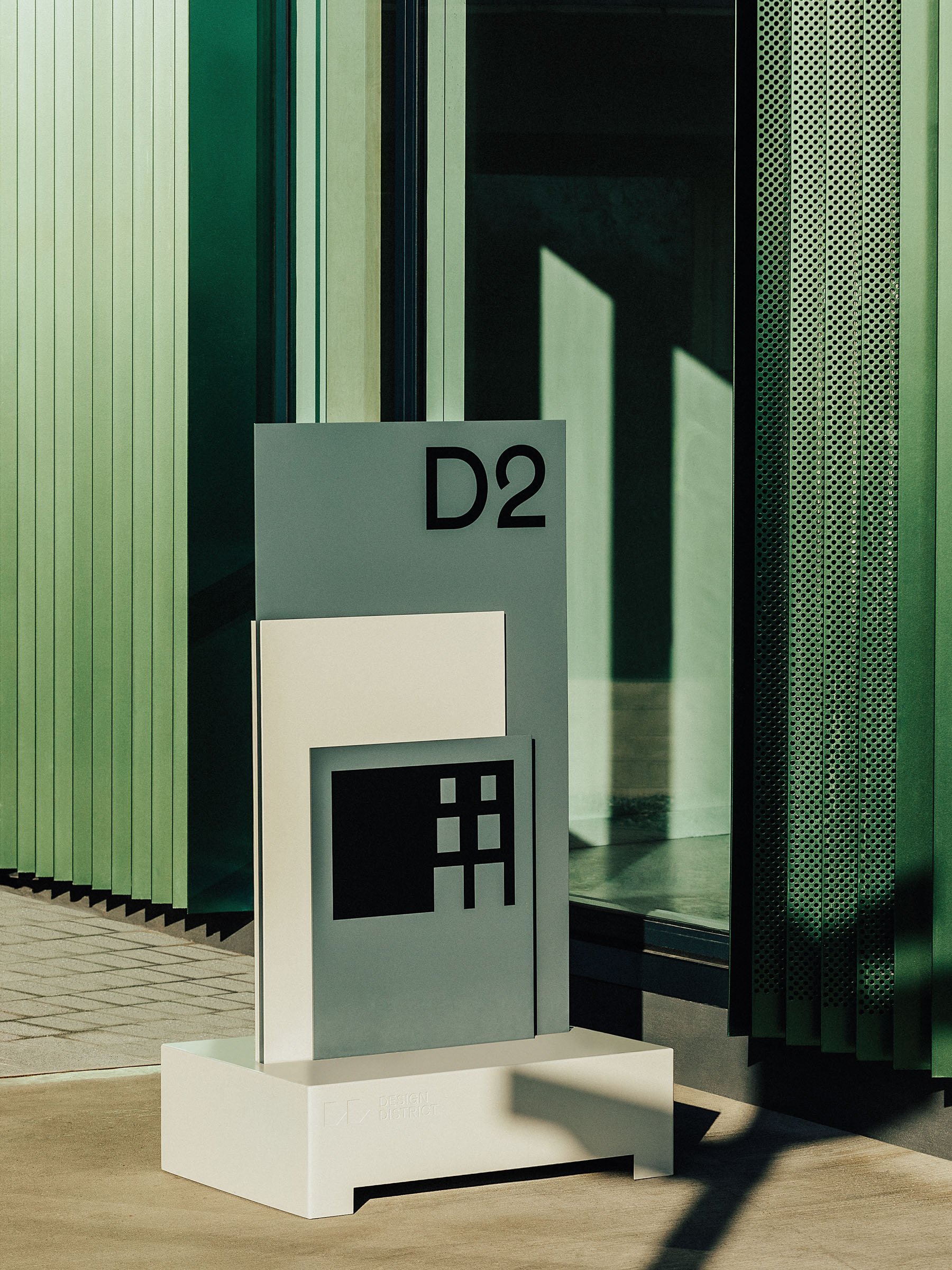
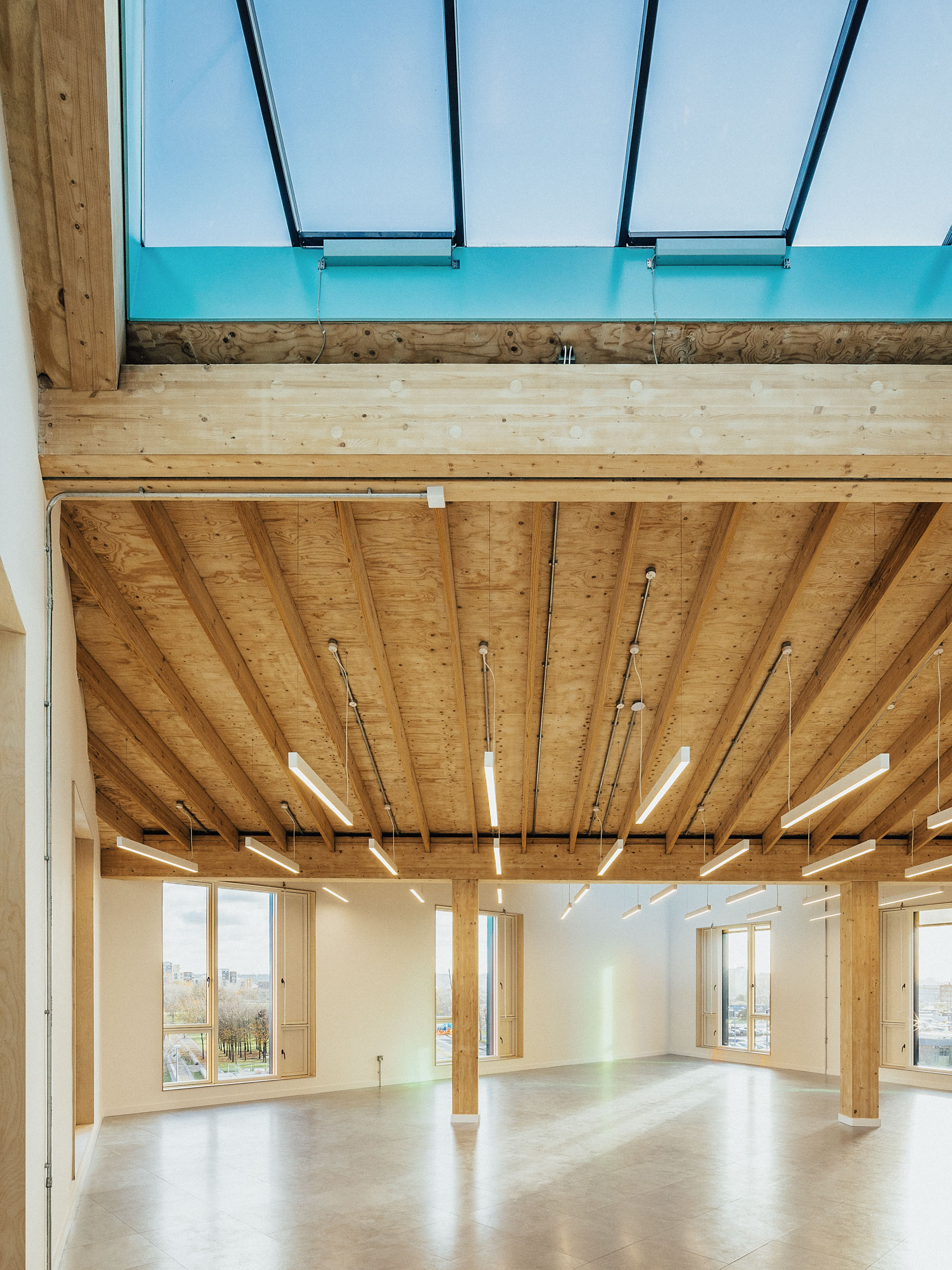
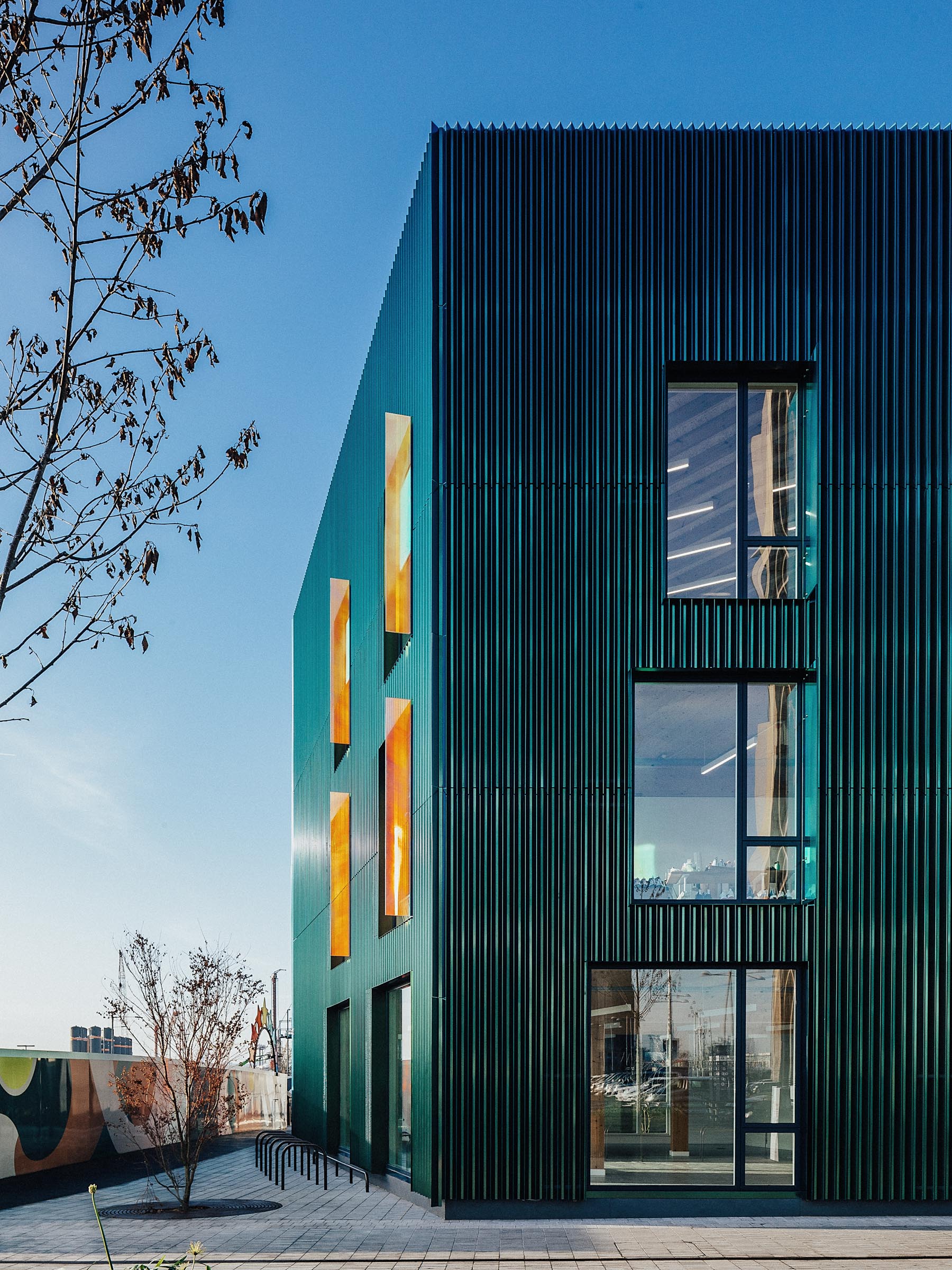
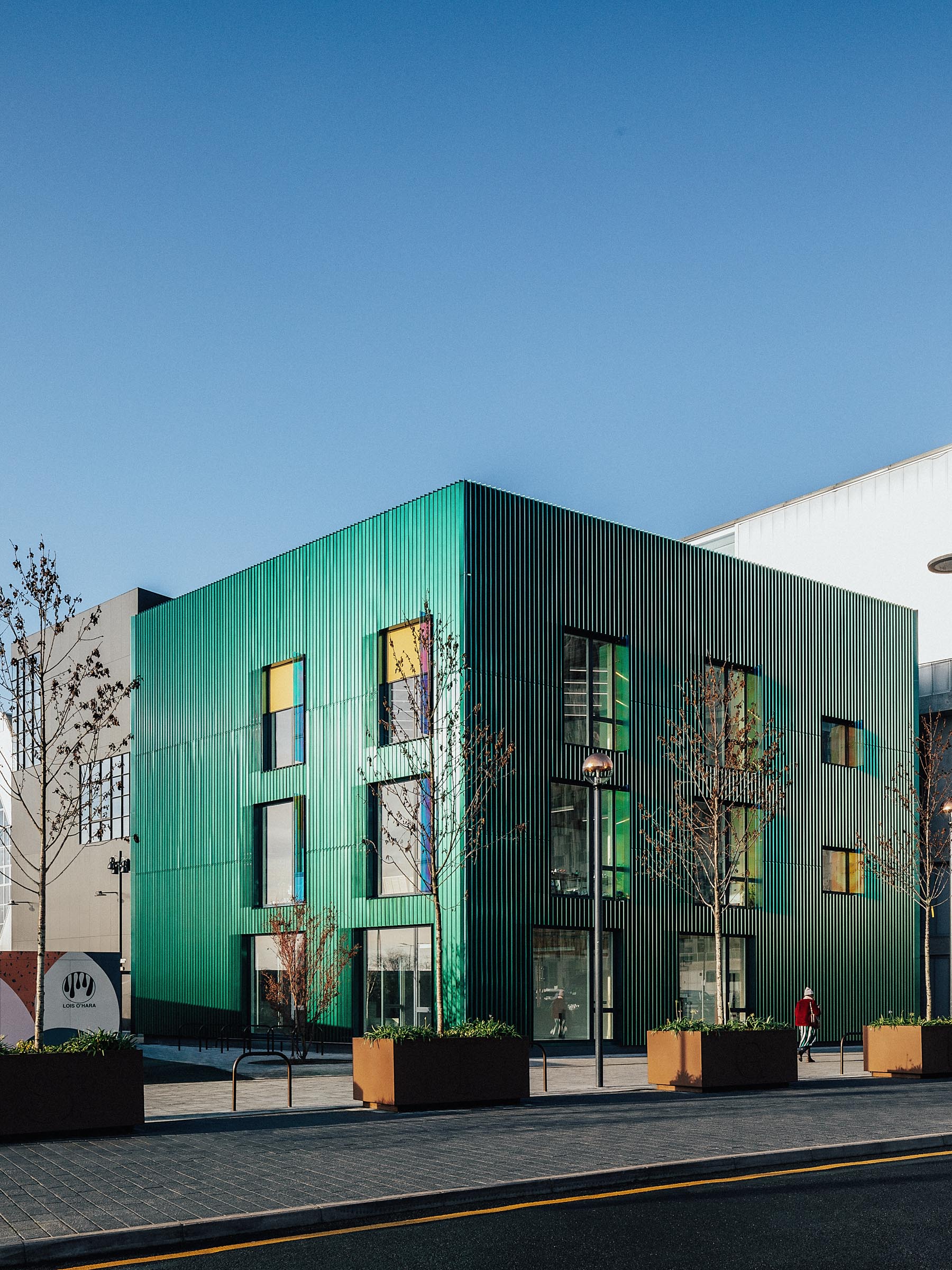
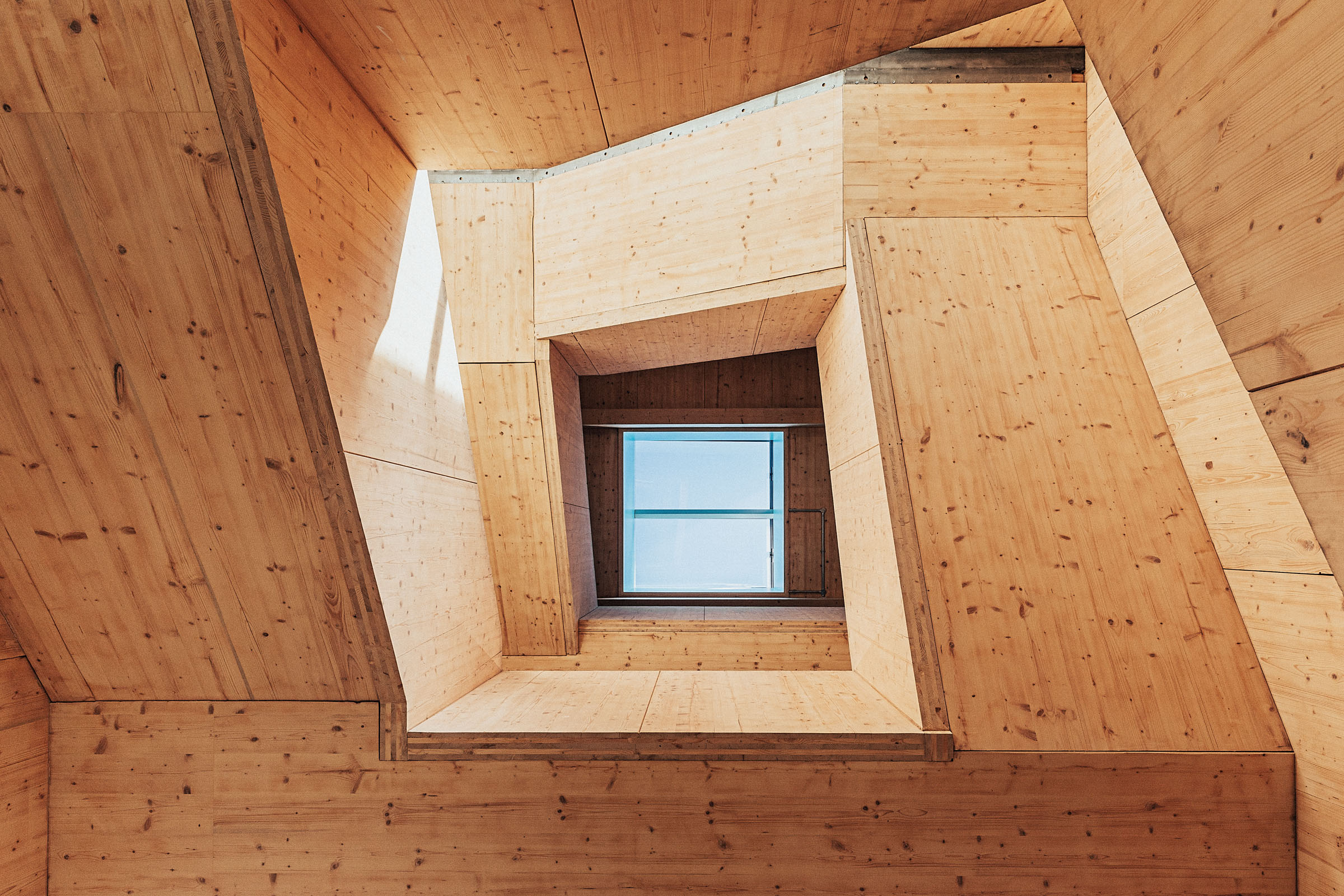
INFORMATION
-
 A stripped-back elegance defines these timeless watch designs
A stripped-back elegance defines these timeless watch designsWatches from Cartier, Van Cleef & Arpels, Rolex and more speak to universal design codes
By Hannah Silver
-
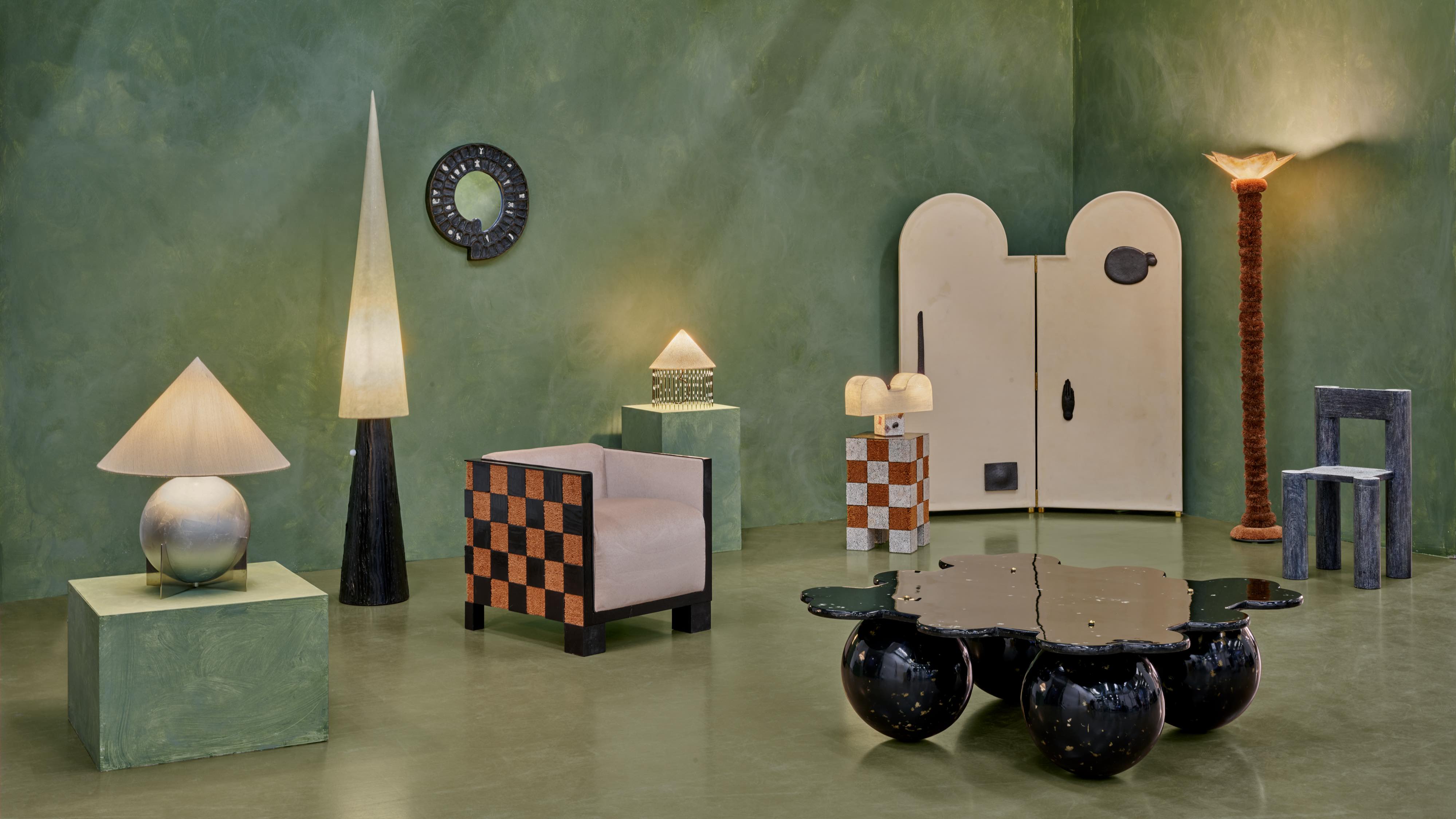 Postcard from Brussels: a maverick design scene has taken root in the Belgian capital
Postcard from Brussels: a maverick design scene has taken root in the Belgian capitalBrussels has emerged as one of the best places for creatives to live, operate and even sell. Wallpaper* paid a visit during the annual Collectible fair to see how it's coming into its own
By Adrian Madlener
-
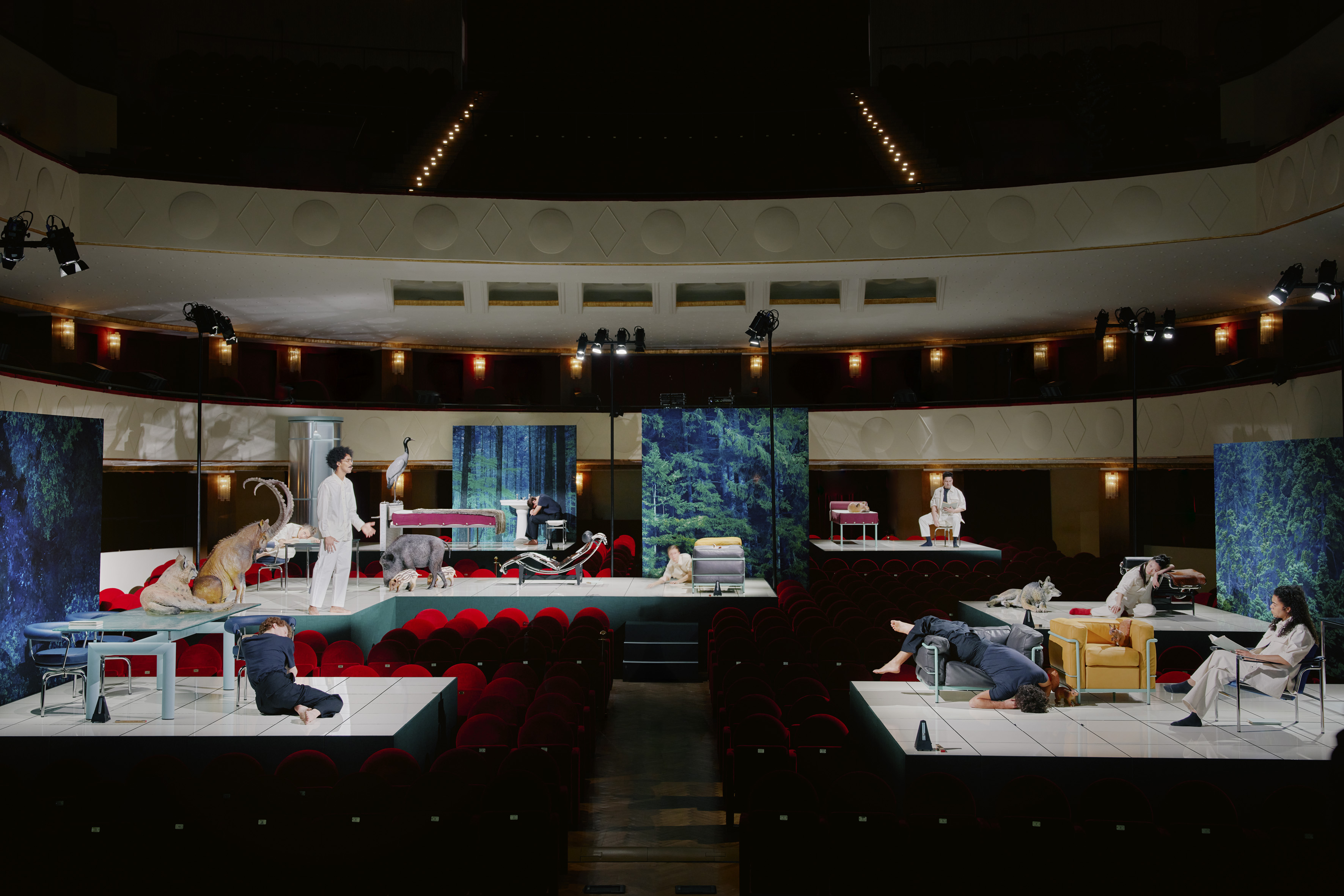 Move over, palazzos. Performances were the biggest trend at Milan Design Week
Move over, palazzos. Performances were the biggest trend at Milan Design WeekThis year, brands brought on the drama via immersive installations across the city
By Dan Howarth
-
 A new London house delights in robust brutalist detailing and diffused light
A new London house delights in robust brutalist detailing and diffused lightLondon's House in a Walled Garden by Henley Halebrown was designed to dovetail in its historic context
By Jonathan Bell
-
 A Sussex beach house boldly reimagines its seaside typology
A Sussex beach house boldly reimagines its seaside typologyA bold and uncompromising Sussex beach house reconfigures the vernacular to maximise coastal views but maintain privacy
By Jonathan Bell
-
 This 19th-century Hampstead house has a raw concrete staircase at its heart
This 19th-century Hampstead house has a raw concrete staircase at its heartThis Hampstead house, designed by Pinzauer and titled Maresfield Gardens, is a London home blending new design and traditional details
By Tianna Williams
-
 An octogenarian’s north London home is bold with utilitarian authenticity
An octogenarian’s north London home is bold with utilitarian authenticityWoodbury residence is a north London home by Of Architecture, inspired by 20th-century design and rooted in functionality
By Tianna Williams
-
 What is DeafSpace and how can it enhance architecture for everyone?
What is DeafSpace and how can it enhance architecture for everyone?DeafSpace learnings can help create profoundly sense-centric architecture; why shouldn't groundbreaking designs also be inclusive?
By Teshome Douglas-Campbell
-
 The dream of the flat-pack home continues with this elegant modular cabin design from Koto
The dream of the flat-pack home continues with this elegant modular cabin design from KotoThe Niwa modular cabin series by UK-based Koto architects offers a range of elegant retreats, designed for easy installation and a variety of uses
By Jonathan Bell
-
 Are Derwent London's new lounges the future of workspace?
Are Derwent London's new lounges the future of workspace?Property developer Derwent London’s new lounges – created for tenants of its offices – work harder to promote community and connection for their users
By Emily Wright
-
 Showing off its gargoyles and curves, The Gradel Quadrangles opens in Oxford
Showing off its gargoyles and curves, The Gradel Quadrangles opens in OxfordThe Gradel Quadrangles, designed by David Kohn Architects, brings a touch of playfulness to Oxford through a modern interpretation of historical architecture
By Shawn Adams